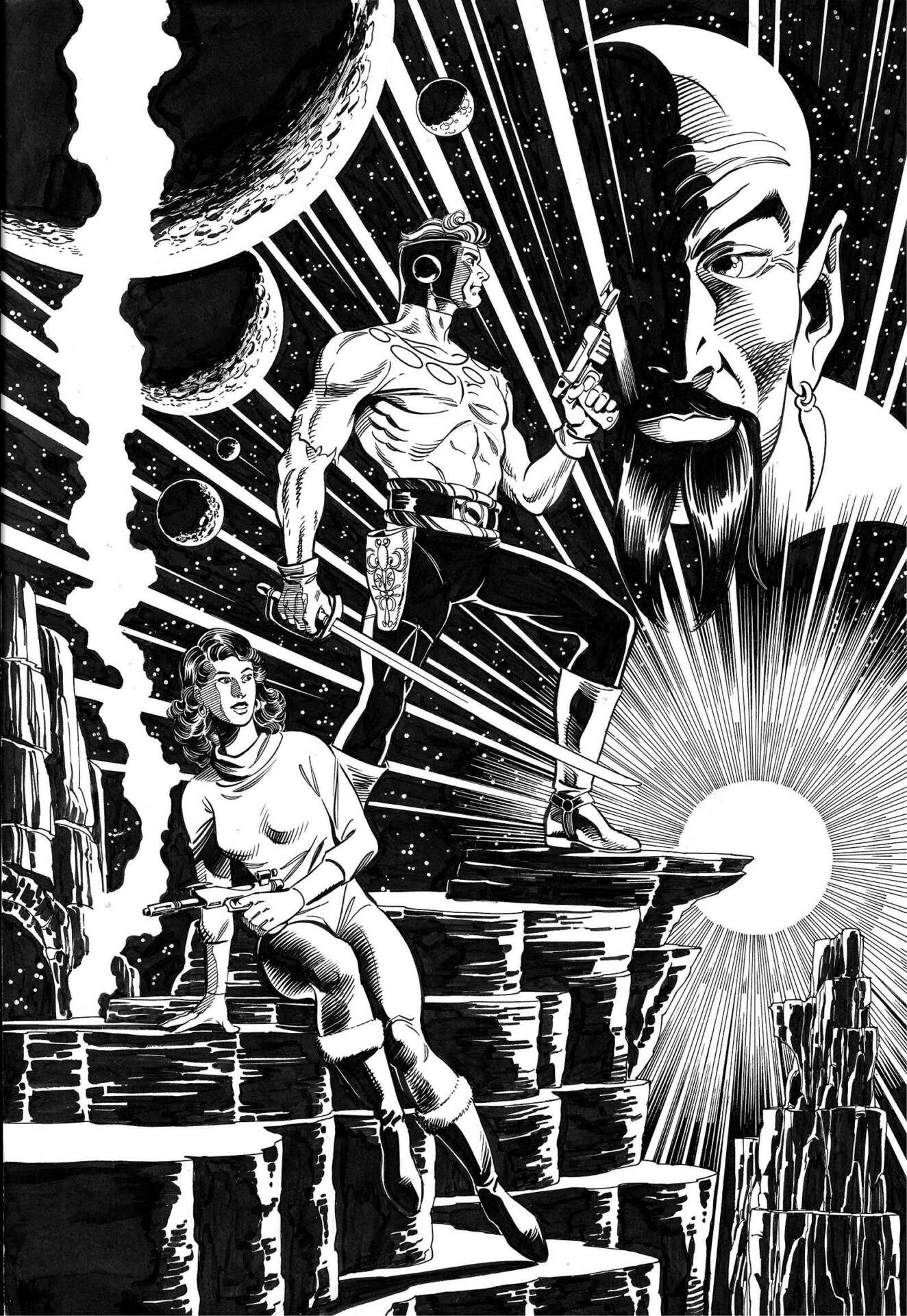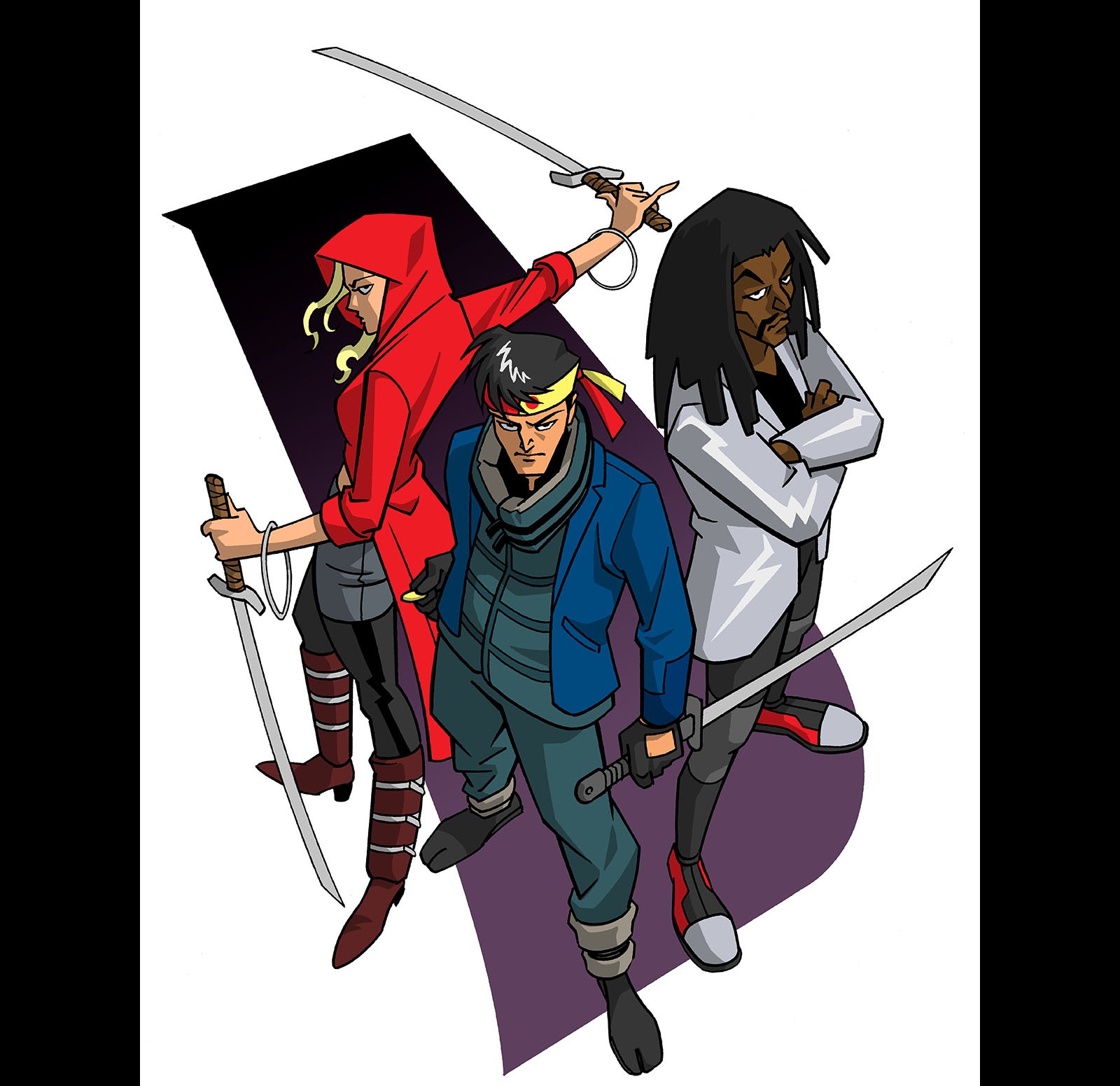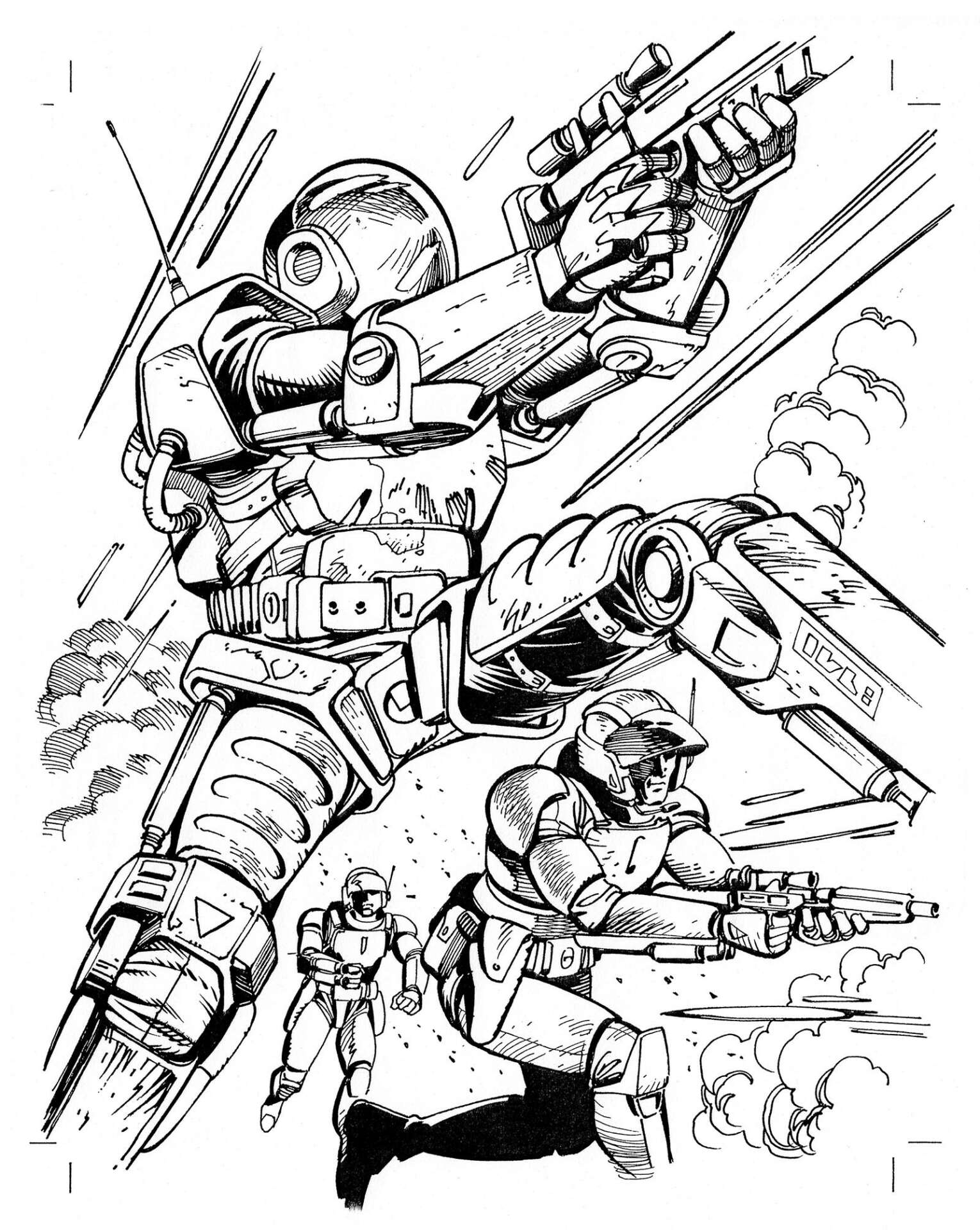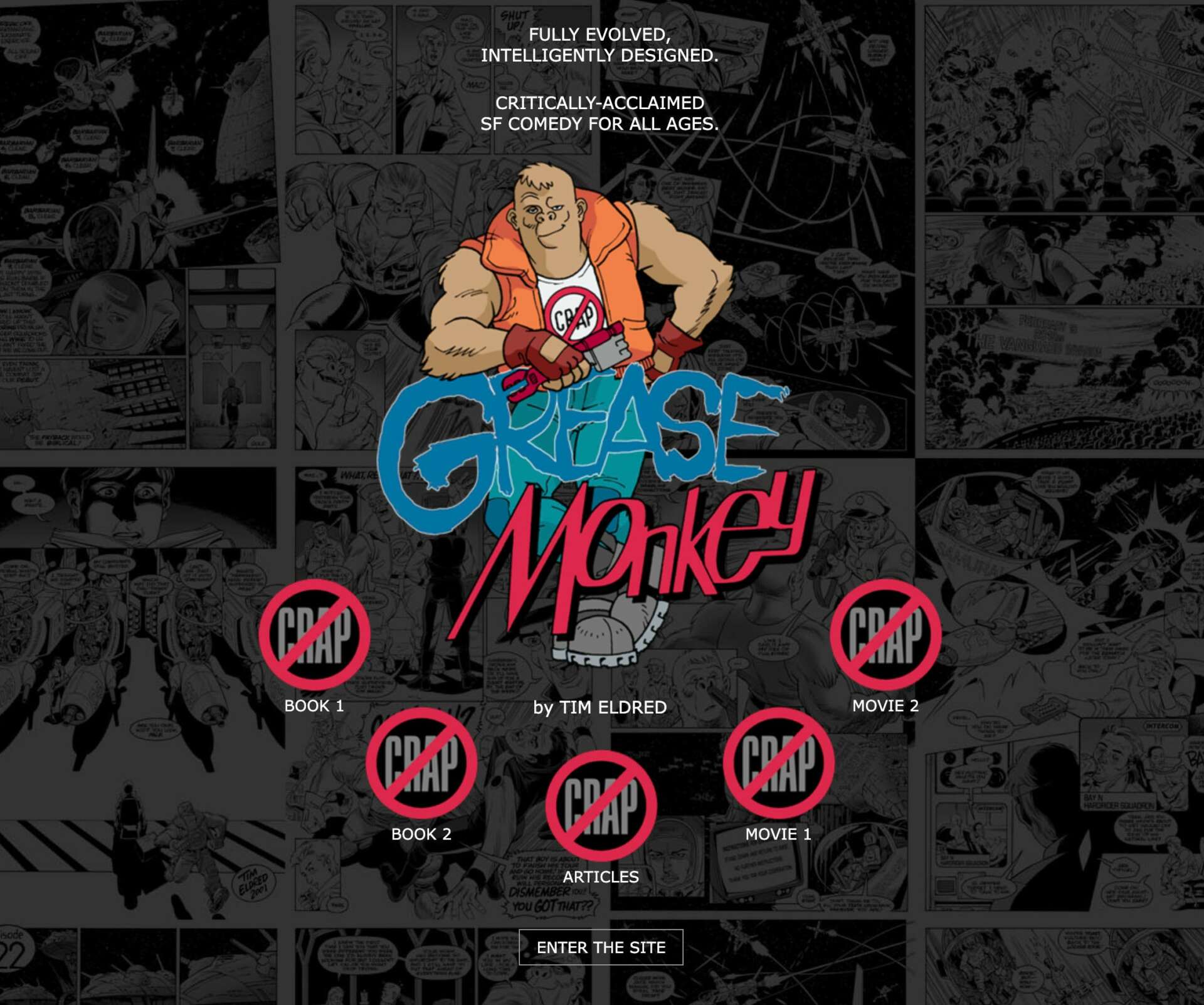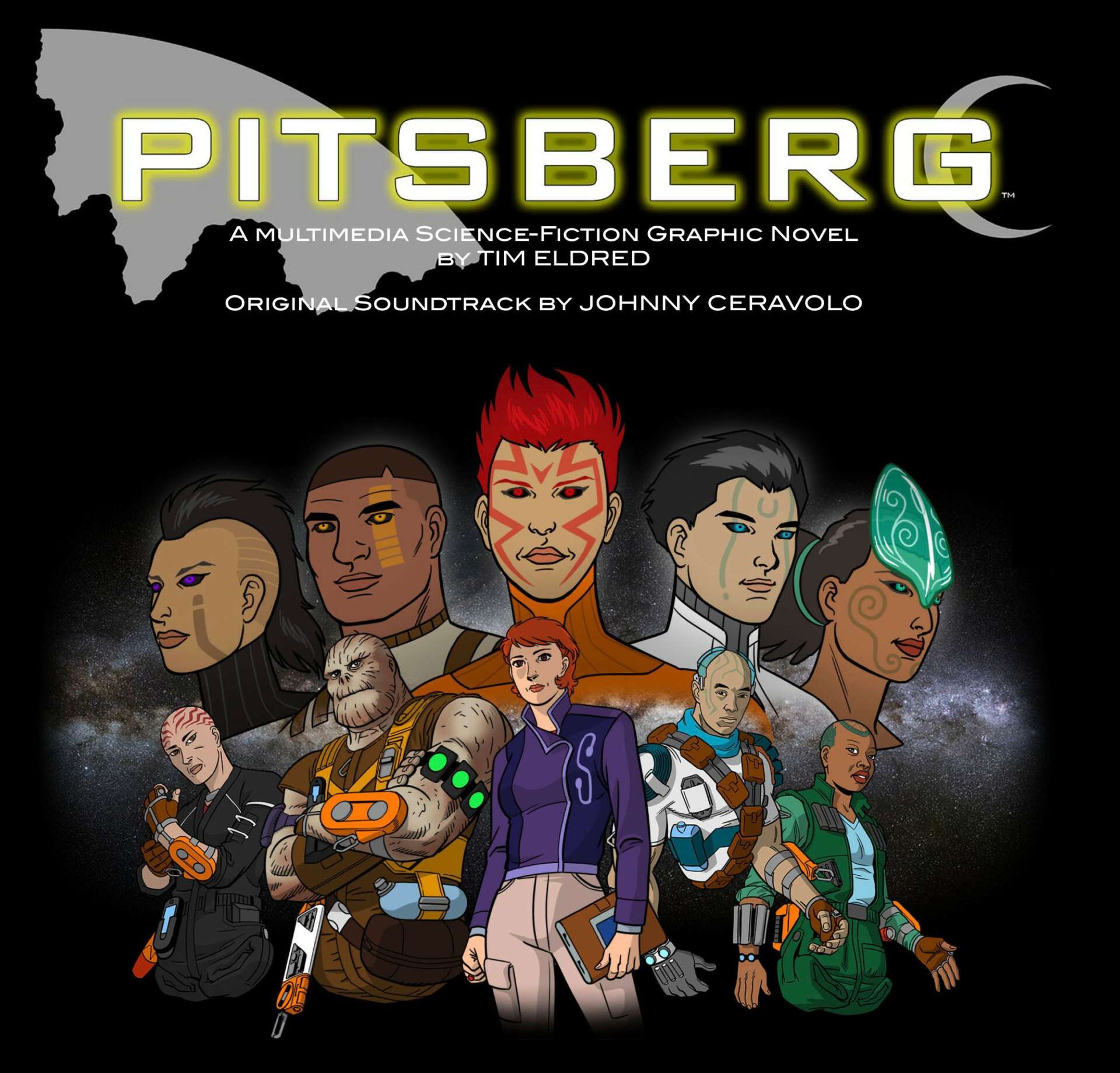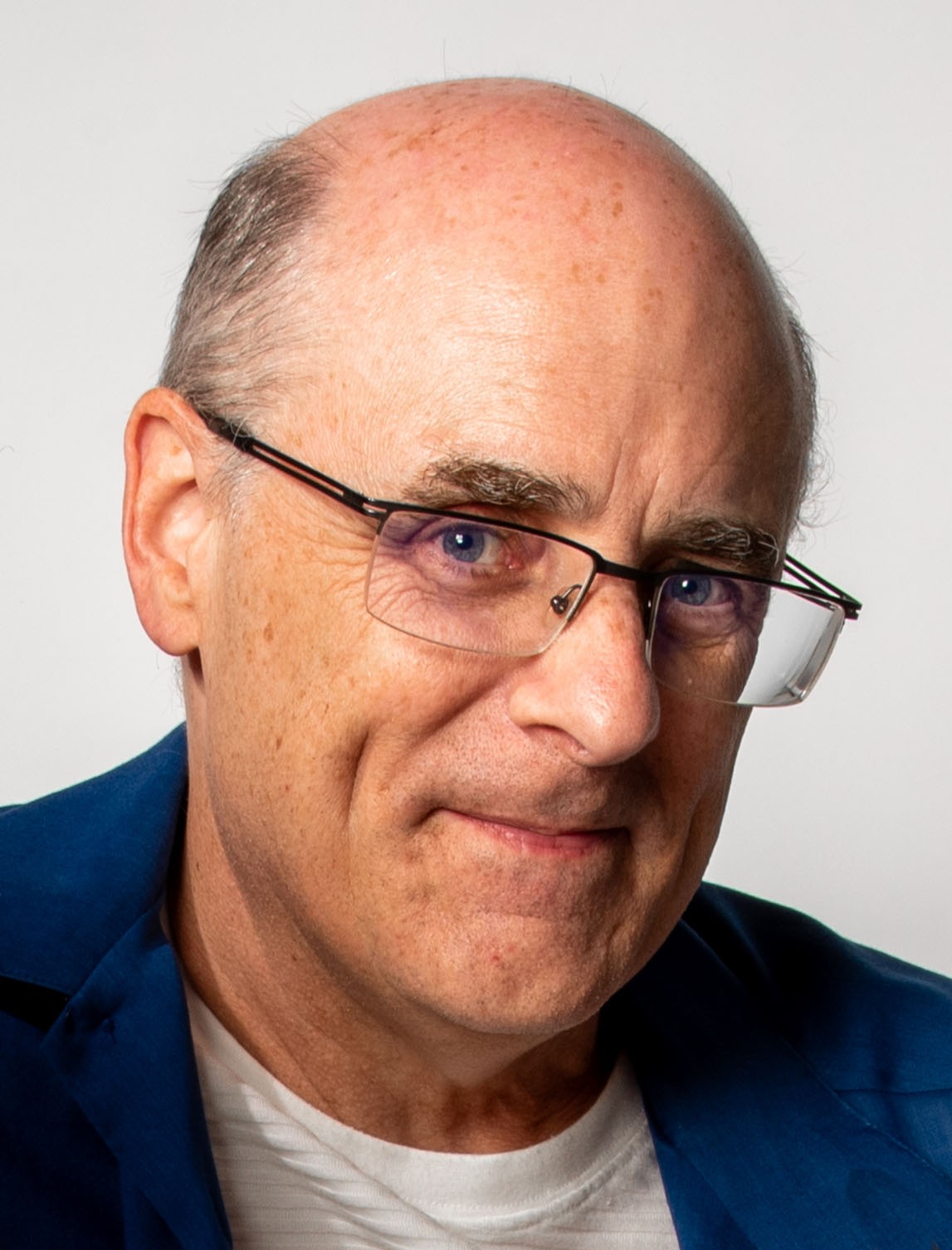Alright – so today we’ve got the honor of introducing you to Tim Eldred. We think you’ll enjoy our conversation, we’ve shared it below.
Tim, thanks for taking the time to share your stories with us today Did you always know you wanted to pursue a creative or artistic career? When did you first know?
As a kid, I somehow instinctively understood that pictures represented reality, and if you could manipulate those pictures in some way, they would tell a story. When I saw my first comic book, I knew that was the tool I could use for that purpose. So for many years, I channeled all my creativity into making comics. Making movies and animation were beyond my means, but all I needed to make a comic book was pencil and paper. Comics became a training ground for me, discovering what techniques worked better than others to communicate to a reader, even if I was the only reader who would ever see it.
Those years of study and discipline (they didn’t feel like it at the time) culminated in a professional comic book career. A few years after that, I learned quite by accident that making comics non-stop prepared me for a career in animation storyboarding. When the comic book industry imploded in 1996, I took the leap and found myself on much more solid ground. Storyboarding and directing TV cartoons is my profession now, but I’ve never lost my love for making comics. Now the day job has become funding for the “side job.” This is where I’ve always wanted to be, just enjoying the act of creating.
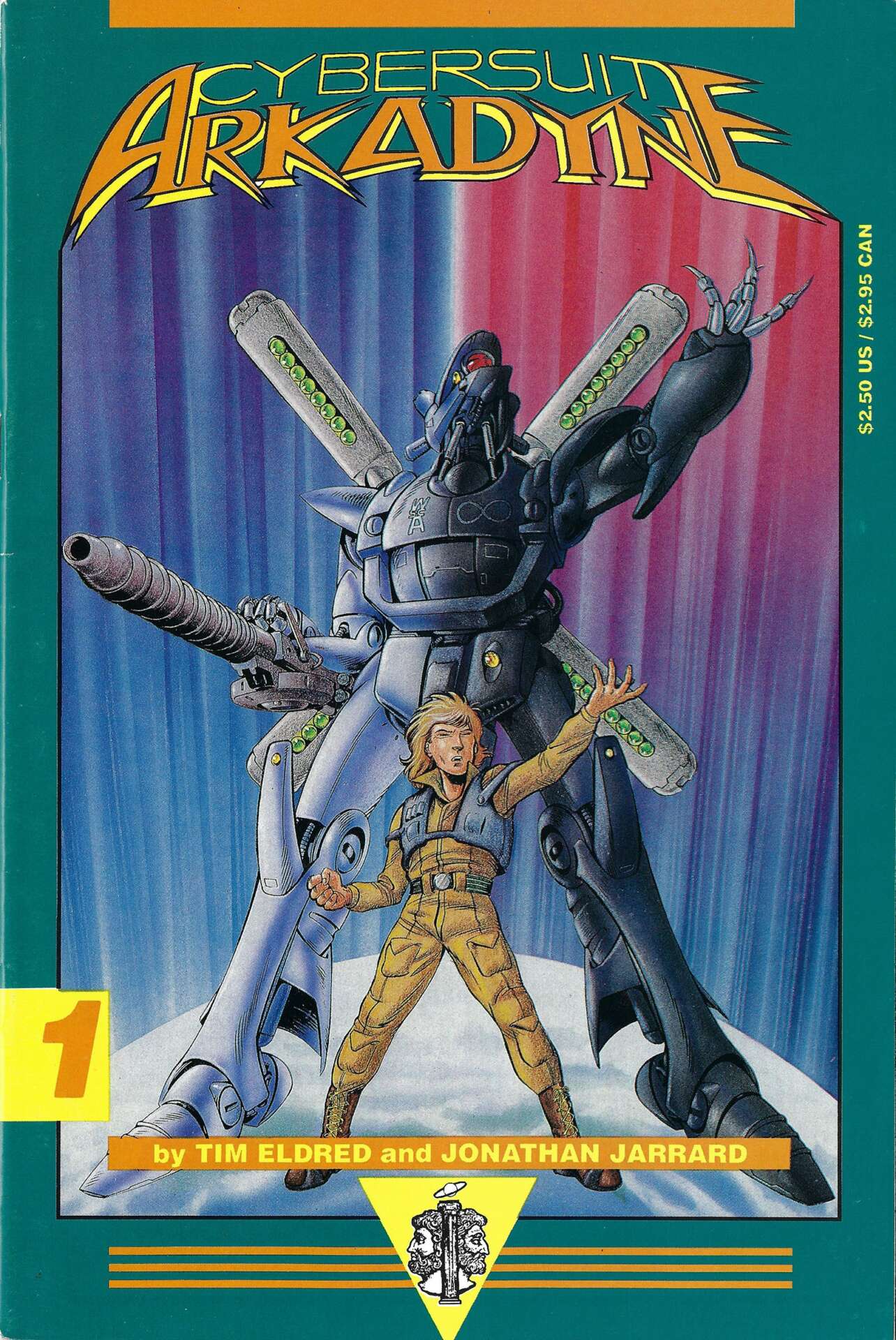

Great, appreciate you sharing that with us. Before we ask you to share more of your insights, can you take a moment to introduce yourself and how you got to where you are today to our readers.
I’m an artist/writer of comics and a director of TV cartoons. I was active in the comic book industry from 1989 to 1996, at which point the economics pushed me into TV animation. My experience in comics gave me the perfect training for drawing storyboards, and I made it my new career. Since then, I’ve storyboarded and directed hundreds of episodes of many different series. I’ve also jumped in as a designer (characters, props, and environments) when necessary, and have trained many other artists in this craft.
The primary difference between these two art forms is that comics are usually a solo act and TV animation is an ensemble. What I learn in one area informs and enriches the other, so I pursue them both simultaneously.
With a comic/graphic novel project, everything is self-generated and I see it through from the earliest idea to the last phase of the artwork. With an animated TV show, I receive a script and my responsibility is to visualize it up to the finished storyboard & design phase. What I produce becomes a blueprint for an animation studio to follow.
We’d love to hear a story of resilience from your journey.
The most valuable lesson I took from the years leading up to the start of my career in art (specifically drawing comics/graphic novels) was not to wait for permission. My drive to create stories was always strong enough to propel me forward on its own. As it turned out, that was the key to getting the attention of a publisher.
It was also the key to staying employed. Having a backlog of work was invaluable when one project wrapped up and another was needed to take its place. Because I didn’t wait for permission from an outside party to start creating a new project, I always had one ready to offer. This kept me steadily working as long as the industry had room for me.

Can you tell us about a time you’ve had to pivot?
When I became a professional artist/writer of comics and graphic novels, I thought my lifetime goal had been met. This would be my career forever. But the industry I was part of had other plans.
In the mid 1990s, a period of turbulence caused rapid implosion. Management decisions and market speculation created a huge, unsustainable bubble economy. When that bubble popped, many publishers did not survive. As opportunities dried up, I had to find a lifeboat.
All of this was predictable. I saw it coming in the early 90s and got to work creating an original concept that offered an alternative to increasingly stale product. I was lucky enough to find a publisher for it, and that publisher was lucky enough to have connections to the TV animation industry. My concept was the lifeboat I needed, and it took me from a sinking ship to a whole new country.
As I stated in the previous answer, this only happened because I didn’t wait for permission. If I hadn’t made that move in advance, my fate would have been very different.
Contact Info:
- Website: timeldred.com
- Instagram: https://www.instagram.com/tim.eldred/
- Facebook: https://www.facebook.com/tim.eldred.9
- Linkedin: https://www.linkedin.com/in/tim-eldred-1a171515a/
- Twitter: https://twitter.com/TimJEldred
- Other: Visit my archival site to see decades of works: timeldred.com
